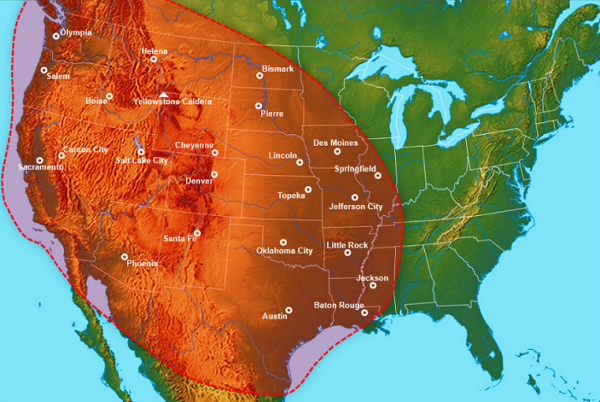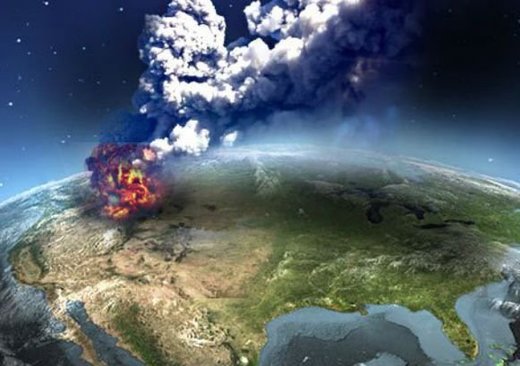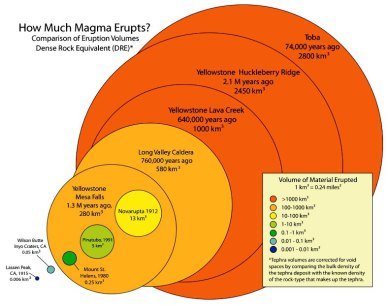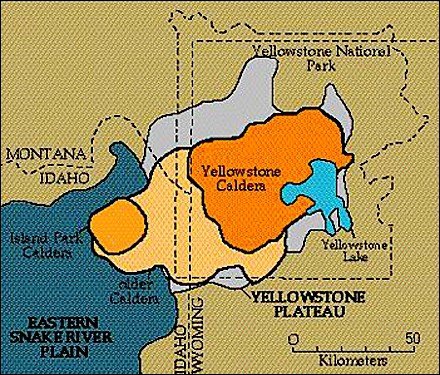New research published today in the journal
Geological Society of America, has discovered the 12 recorded mega-eruptions of the Yellowstone super-volcano or (caldera) located in the north-central US states of Idaho, Montana, and Wyoming near the U.S./Canadian border - have been found to be were 'significantly larger' than research has previously suggested.
Dr Tom Knott, Professor Mike Branney and Dr Marc Reichow, from the University of Leicester's Department of Geology's Volcanology Group, conducted the research with a team of international collaborators from the University of California at Santa Cruz, the University of Copenhagen, Denmark and Idaho State University.
Using a multi-technique approach, including whole-rock and mineral chemistries, palaeomagnetic data and radio-isotopic dates - the team has been able to 'fingerprint' individual eruption deposits and correlate these over vast regions covering over 620 sq. miles (1000 km2).
In establishing widespread correlations, the team drastically reduced the number of eruptions previously thought to have originated from the central Snake River Plain by more than half.
The researchers have reported that one of the super-eruptions from the Yellowstone caldera, defined as the Castleford Crossing eruption, occurred about 8.1 million years ago and estimated the eruption volume to have exceeded 456 cubic miles (1,900 km3).
This would equate to approximately 501,926,899,480,000 gallons of magma.
Potential fallout area if Yellowstone erupts again.
This is just one of 12 giant eruptions reported from the area by the Leicester team, who show that intense hotspot magmatism caused major crustal subsidence, forming the 100 km-wide Snake River Basin.
The team also demonstrates that these eruptions were in fact significantly larger than previously thought and may rival those better known at Yellowstone.Dr Knott said: "
While it is well-know that Yellowstone has erupted catastrophically in recent times perhaps less widely appreciated is that these were just the latest in a protracted history of numerous catastrophic super-eruptions that have burned a track along the Snake River eastwards from Oregon to Yellowstone from 16 Ma to present.""The size and magnitude of this newly defined eruption is as large, if not larger, than better known eruptions at Yellowstone, and it is just the first in an emerging record of newly discovered super-eruptions during a period of intense magmatic activity between 8 and 12 million years ago."Several former University of Leicester undergraduates, including Mark Baldwin, Stuart Hatter, Liam McDonnell, Fabian Wadsworth and Luke Wooldridge, helped with the US fieldwork. They also enjoyed the opportunity of gaining experience through interacting with the international scientists, such as palaeomagnetists David Finn and Rob Coe of the University of California, Santa Cruz.




I like the way those charts use the colors of the chakras, in order! Contemplate.